Nestled along the Seine River in the 15th arrondissement of Paris, Front de Seine offers a striking departure from the city’s traditional architectural landscape. Known for its bold modernist design, this urban complex stands as a symbol of mid-20th-century ambitions to redefine urban living. Comprising a series of high-rise residential and commercial towers, it provides a fascinating study of Paris’s evolving cityscape.
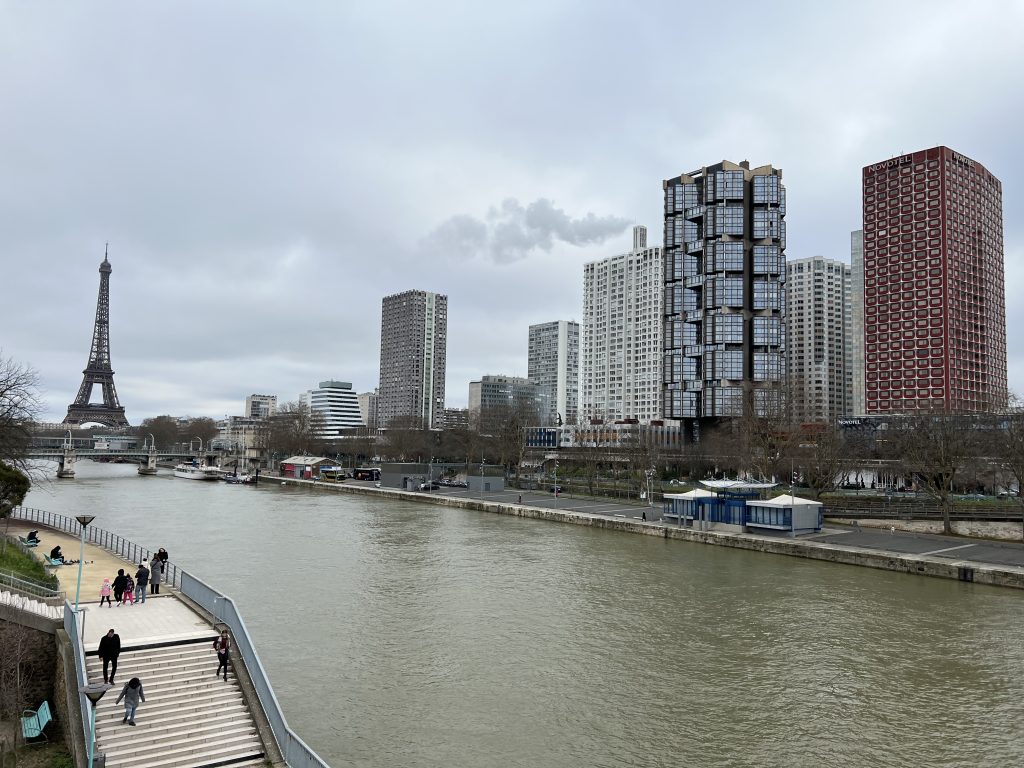
The full scope of the Front de Seine project, with the Seine River in the foreground and the Eiffel Tower in the background. Photo: Fredrik Hagblom
A Vision for the Future
Front de Seine emerged during the post-war era, a time when many European cities sought innovative solutions to housing shortages and urban congestion. The project was conceived in the 1960s under the auspices of French urban planner Raymond Lopez. His vision was to create a futuristic space that would integrate residential, commercial, and recreational areas in one cohesive development.
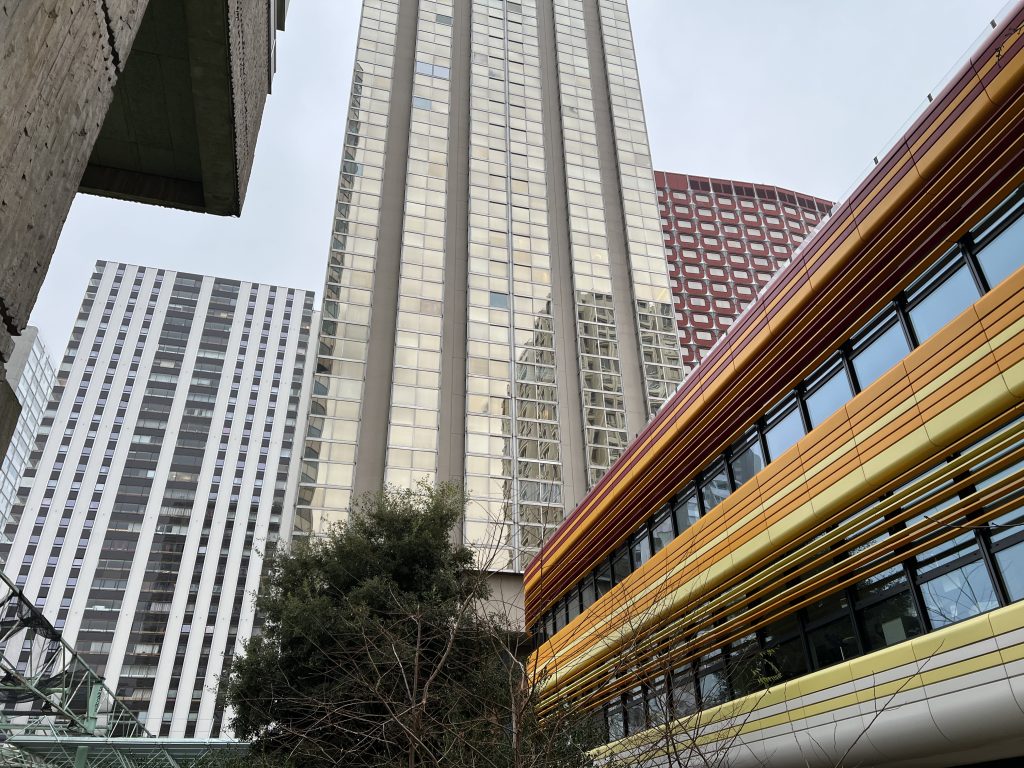
A vibrant mix of materials, shapes, and colors at Front de Seine, illustrating the diversity of modernist architectural styles. Photo: Fredrik Hagblom
The design was inspired by the principles of Le Corbusier, emphasizing functionality, open spaces, and vertical living. Front de Seine’s distinctive feature is its grouping of 20 towers, each ranging between 98 and 112 meters in height, arranged around a large pedestrian plaza. This design prioritizes both density and accessibility, while also ensuring that residents enjoy ample light and air.
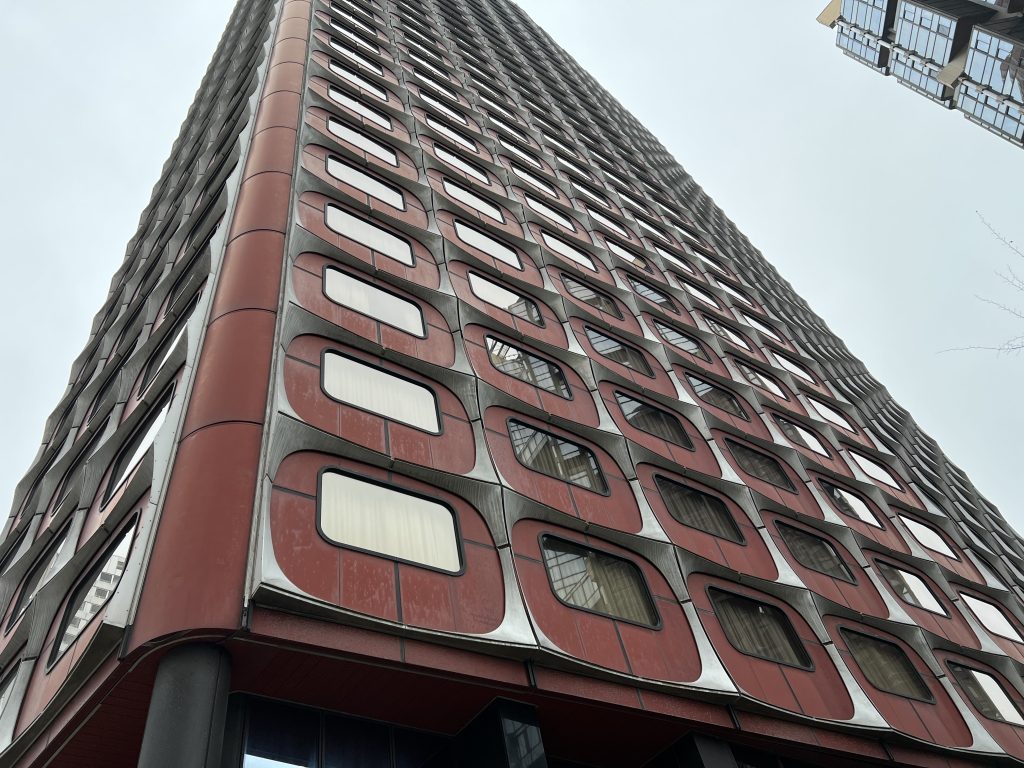
The facade of the former Hotel Nikko, now Novotel, a 98-meter-tall modernist tower completed in 1972 at Front de Seine. Photo: Fredrik Hagblom
The architecture of Front de Seine is characterized by its use of concrete, steel, and glass—materials emblematic of modernist design. The towers, with their clean lines and geometric forms, stand in stark contrast to the Haussmannian buildings that dominate much of Paris. Notable towers include the Novotel Paris Tour Eiffel and the Tour Totem, each showcasing distinct interpretations of the modernist aesthetic.
A key feature of the complex is the elevated pedestrian walkway that links the towers, creating a car-free environment at its core. This innovative design element reflects the era’s optimism about urban planning and its focus on improving the quality of life for city dwellers.
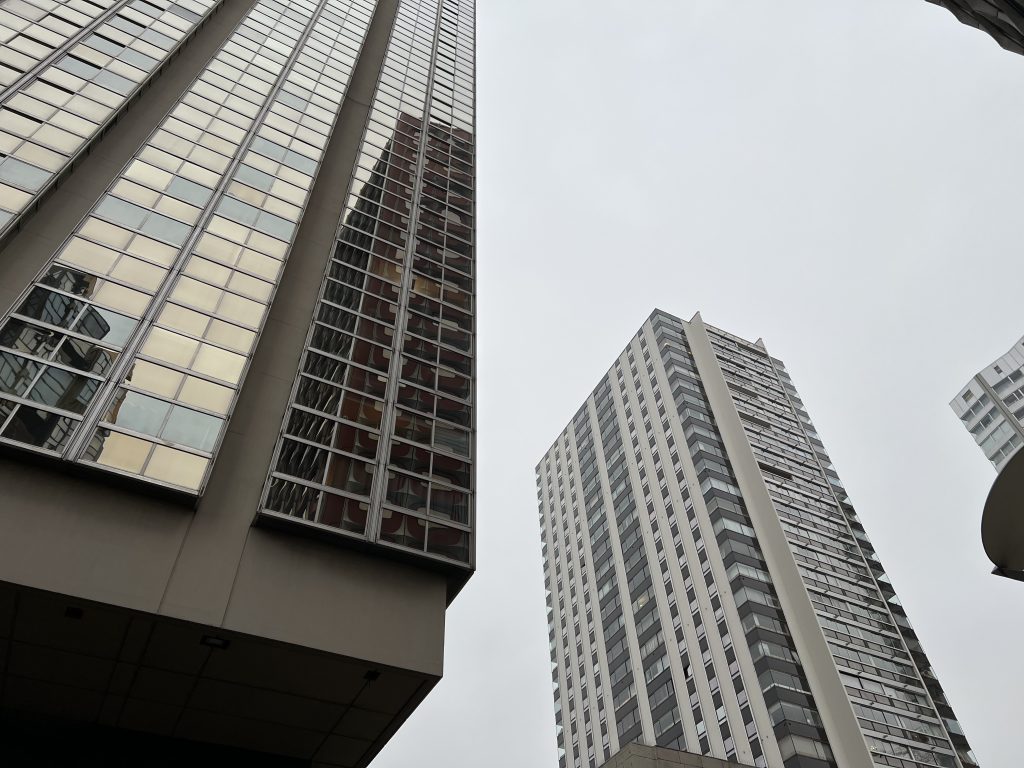
Contrasting facades at Front de Seine: sleek aluminum panels and reflective glass. Photo: Fredrik Hagblom
Challenges and Criticism
Despite its bold vision, Front de Seine has not been without controversy. Early critics lamented its stark, uniform appearance and the lack of integration with the surrounding urban fabric. The emphasis on verticality and modernist design clashed with the city’s preference for preserving its historical identity. Over time, issues such as building maintenance and the underutilization of commercial spaces further complicated its reputation.
However, in recent years, efforts have been made to revitalize the area. Renovation projects have improved the aesthetic and structural integrity of the towers, while new businesses and cultural initiatives have begun to breathe life into the neighborhood. These changes highlight the adaptability of modernist architecture to contemporary needs.
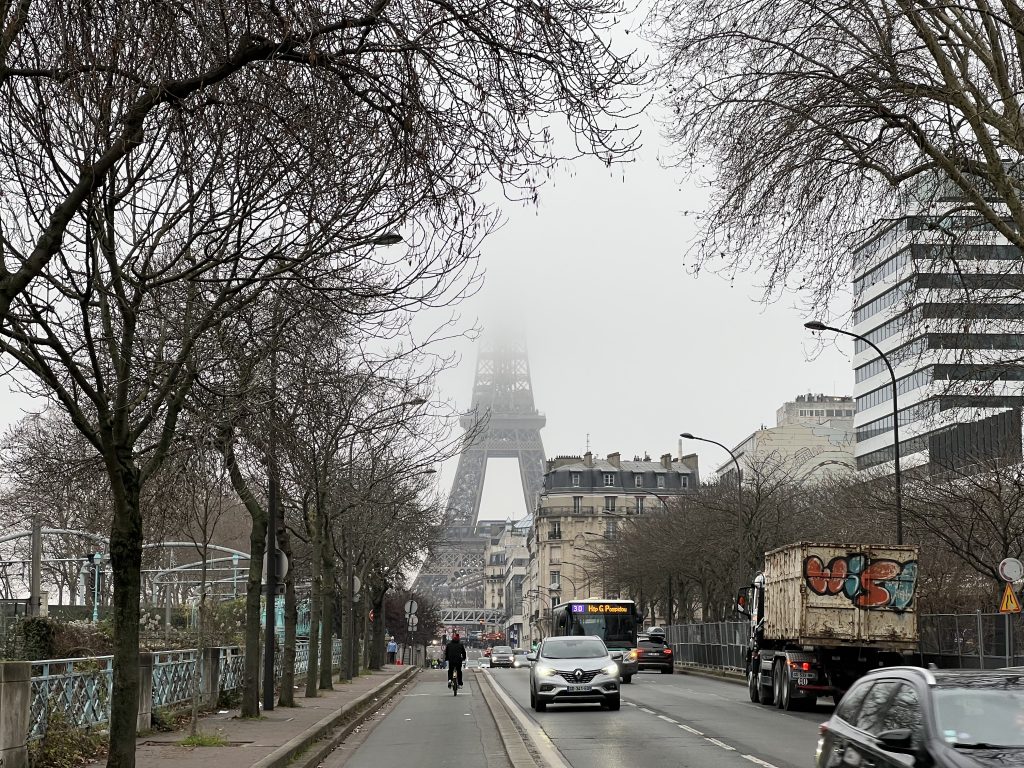
Not far from the Eiffel Tower, the modernist Front de Seine. Photo: Fredrik Hagblom
A Contemporary Perspective
Today, Front de Seine remains an important part of Paris’s urban narrative. For some, it represents a bold experiment in modernist urban planning, while for others, it serves as a reminder of the challenges inherent in balancing innovation with tradition. Regardless of perspective, the complex offers valuable insights into the city’s post-war architectural ambitions.
The area also attracts a diverse range of visitors. Photographers are drawn to its unique geometry and reflections on the river, while urban planners and architects study its design principles and legacy. For residents, it provides a unique living environment that combines proximity to central Paris with a sense of modernity.
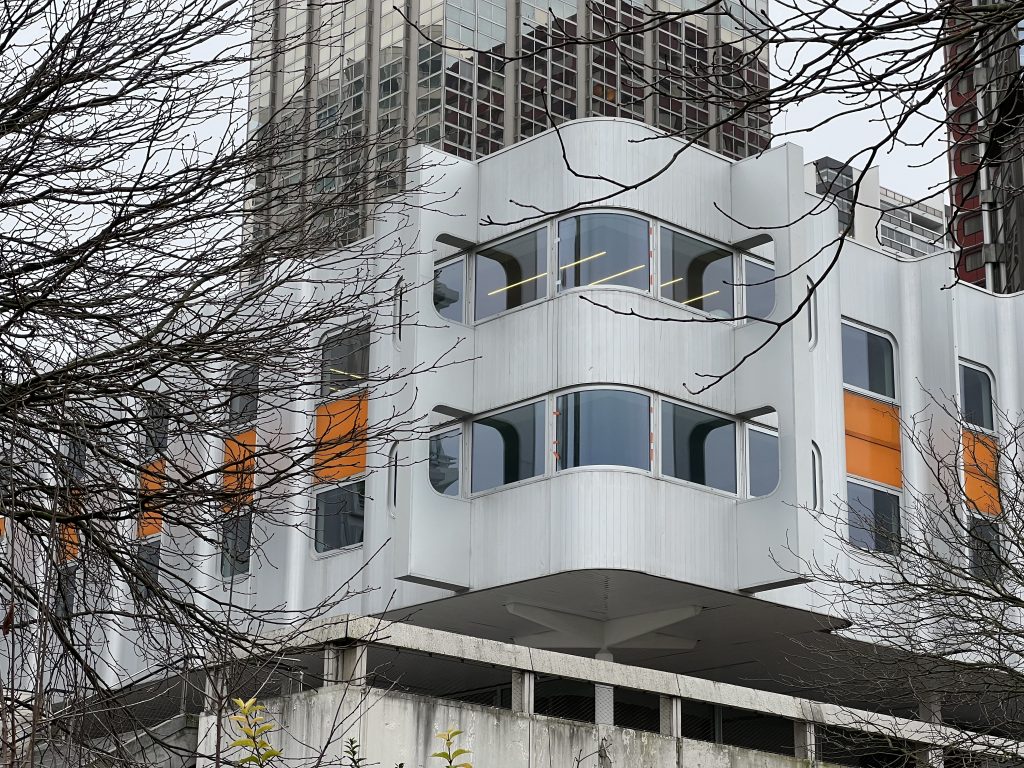
Contrasting facades at Front de Seine: sleek aluminum panels and reflective glass. Photo: Fredrik Hagblom
Exploring Front de Seine
A visit to Front de Seine offers a chance to experience a different side of Paris. Walking along the pedestrian plaza, one can admire the varied designs of the towers, each reflecting the architectural trends of the 1960s and 70s. The nearby Beaugrenelle shopping center provides a contrasting commercial hub, blending seamlessly with the modernist surroundings.
Visitors can also enjoy scenic views of the Seine and take advantage of the area’s proximity to iconic landmarks like the Eiffel Tower. This juxtaposition of the old and the new underscores Paris’s unique ability to embrace diverse architectural styles.
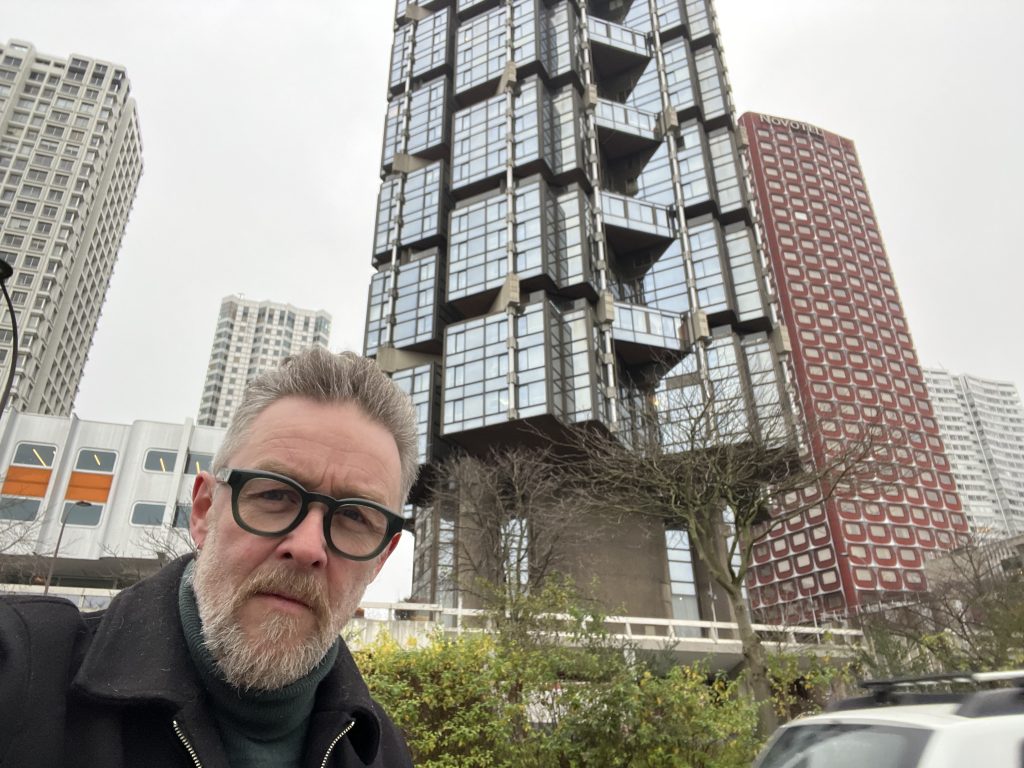
Yours truly standing in front of the striking modernist towers of Front de Seine.
Conclusion
Front de Seine stands as a compelling chapter in the story of Parisian architecture. Its bold vision, while controversial, underscores the city’s ongoing dialogue between preservation and innovation. For those interested in exploring the complexities of modern urban design, Front de Seine offers a thought-provoking glimpse into a transformative period in Paris’s history.
Front de Seine Wikipedia
